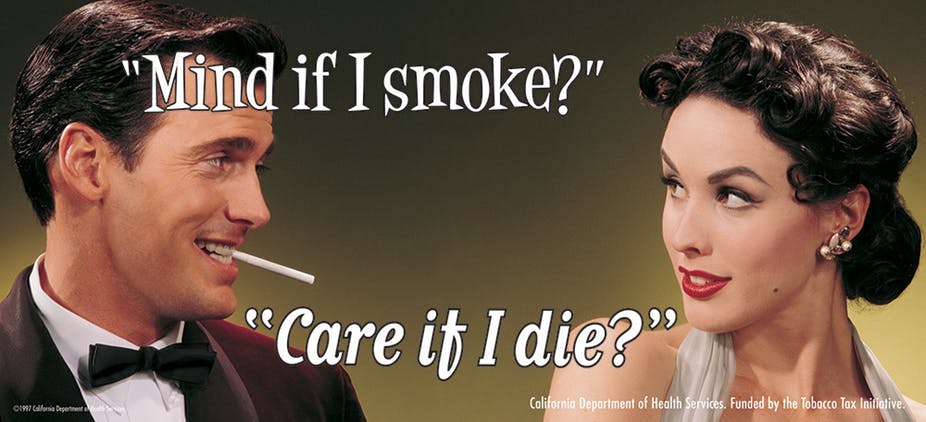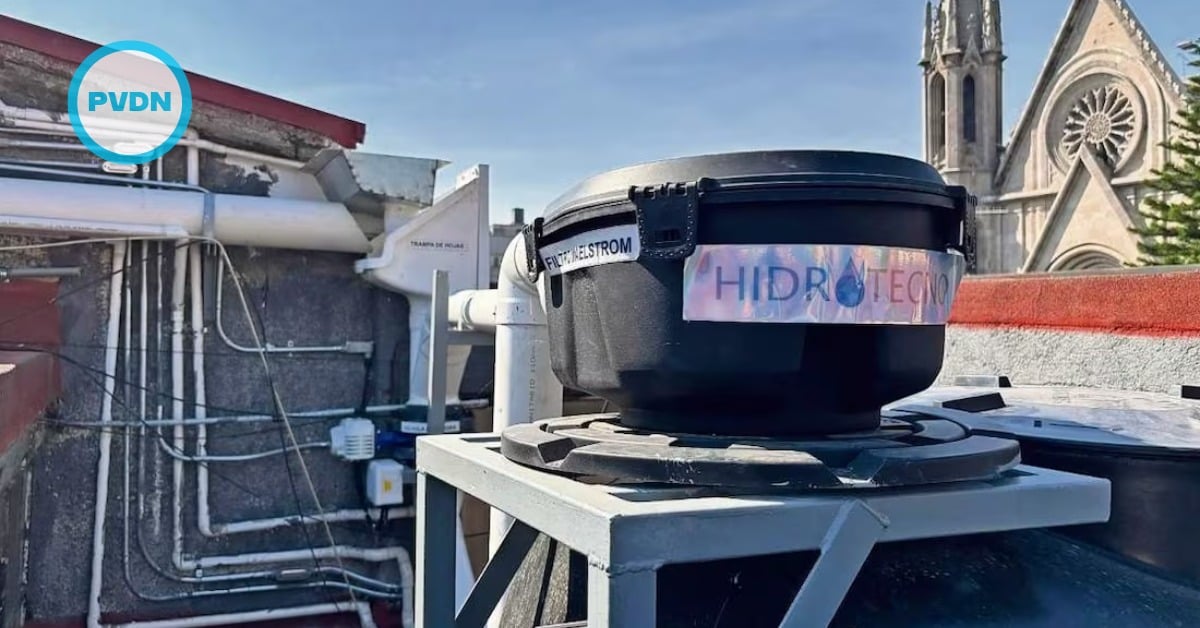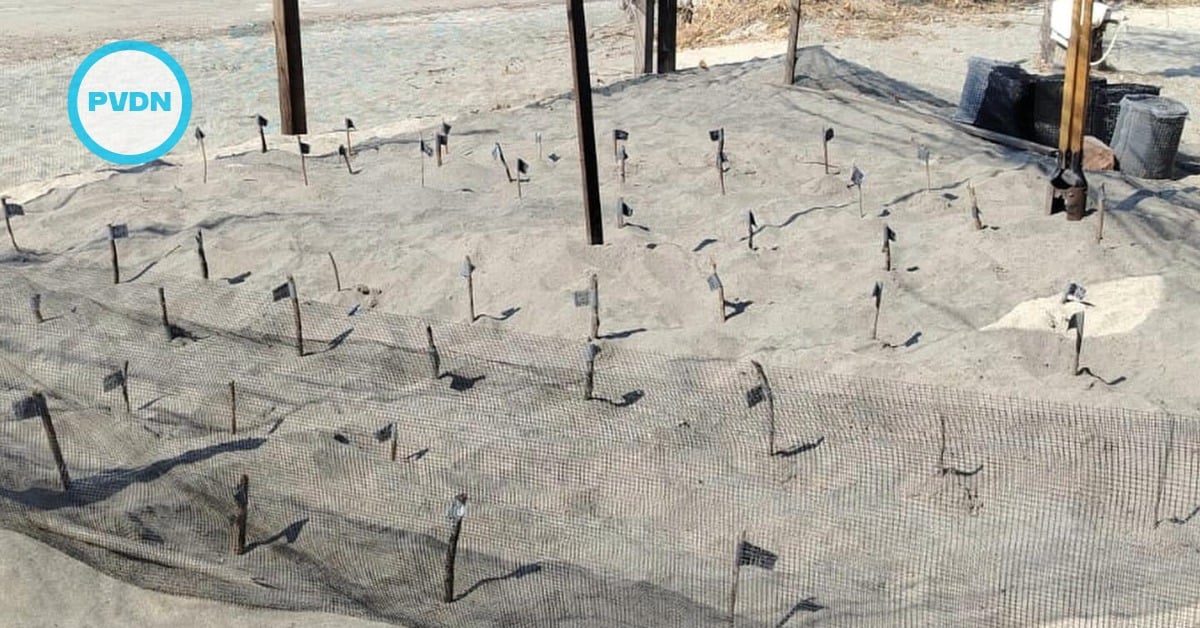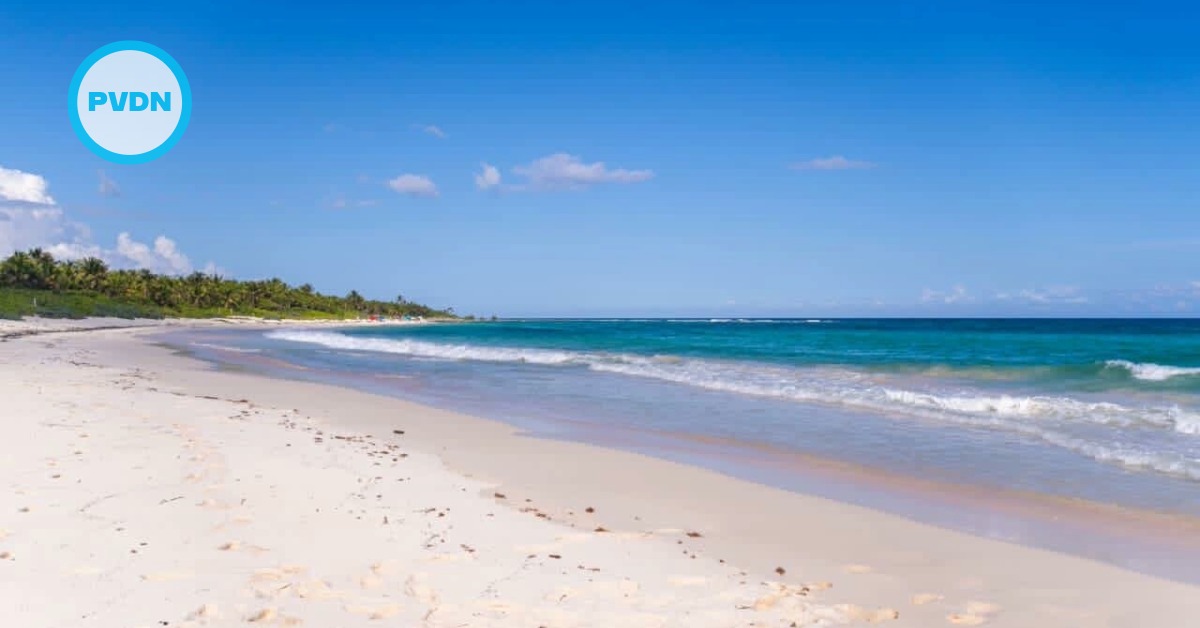Lung cancer is the biggest cancer killer in the U.S., and almost 90 percent of deaths from this disease are directly attributable to cigarette smoking. Many cancers, such as breast cancer, that were once a death sentence are now treatable, yet lung cancer survival rates remain be…






